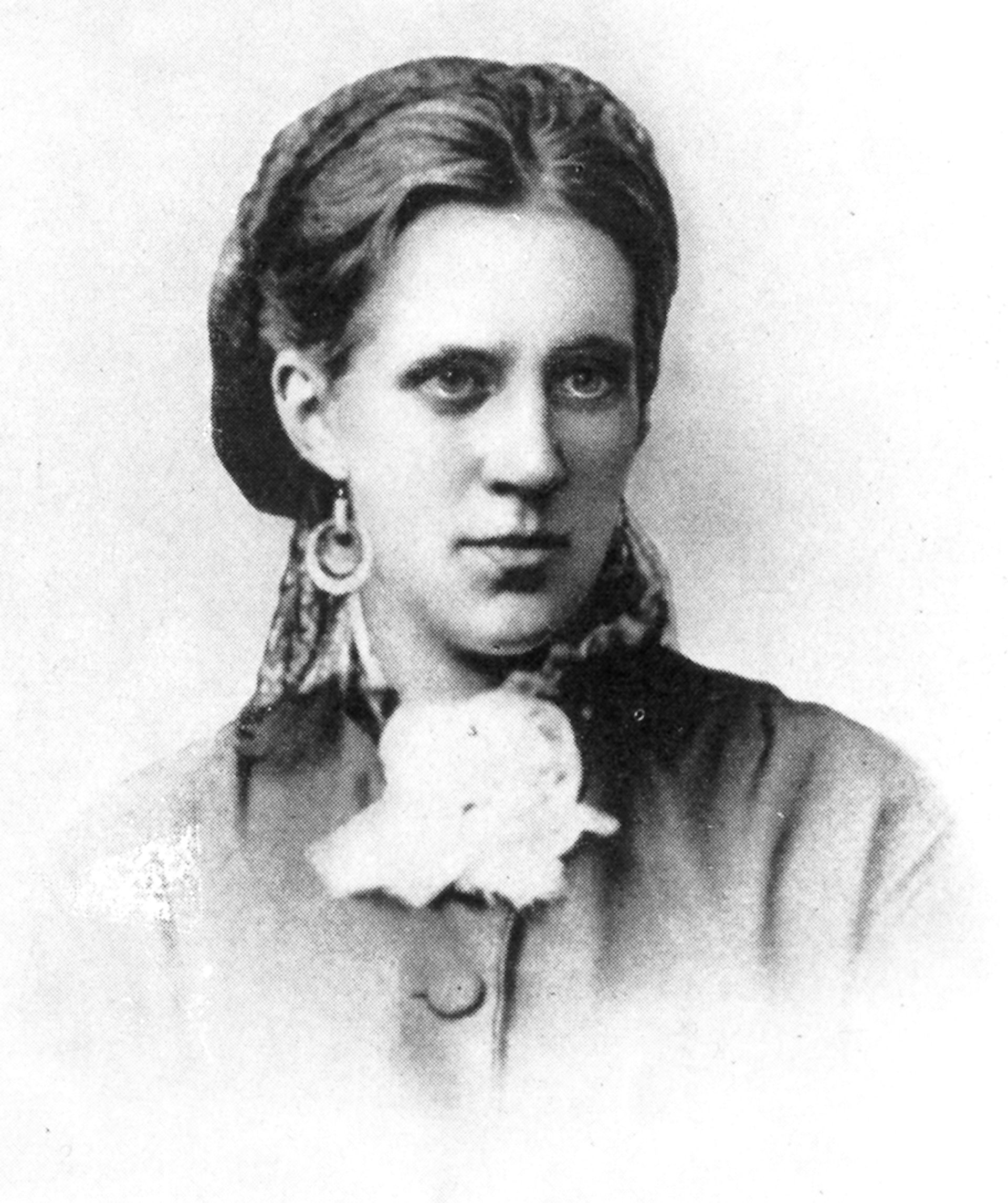Dostoevsky’s Race Against Time to Write “The Gambler”
Fyodor Dostoevsky found himself in a precarious situation when he agreed to write “The Gambler” in just two months. He had accepted a sum of 3,000 roubles from his publisher, Stellovsky, to keep his creditors at bay. However, there was a catch. If Dostoevsky failed to deliver a work of at least 160 pages by November 1, 1866, Stellovsky would gain the rights and income from all of Dostoevsky’s past and future works for the next nine years.
This forced Dostoevsky to put aside his work on “Crime and Punishment” and take on the daunting task of completing a novel within such a short timeframe. Drawing from his own experience of being addicted to gambling, Dostoevsky delved into the world of high-stakes gambling in “The Gambler.”
The novel explores the downward spiral of Alexei Ivanovich, a tutor who initially has no interest in gambling but becomes completely addicted to roulette. Dostoevsky distinguishes between two types of gamblers: the “aristocratic” gambler who plays purely for pleasure, and the “plebeian” gambler who hopes to change their life through winning big. Alexei transforms from the former to the latter, losing all sense of self-control and risking everything.
One of the key themes in “The Gambler” is the allure and danger of gambling addiction. The compulsive gambler believes that with enough skill and reason, they can develop a foolproof system to beat the odds. However, this often leads to a cycle of hope, defeat, and entrapment.
Dostoevsky also explores the concept of “boundless egoism” in the novel. As the gambler becomes more addicted, they lose all empathy and concern for others, including family and friends. Alexei’s emotional numbness is evident as he becomes consumed by his gambling obsession.
The Raw Experience of Gambling Addiction
Dostoevsky’s portrayal of gambling addiction in “The Gambler” is strikingly authentic, despite the lack of psychiatric knowledge at the time. The novel captures the fear, hope, defeat, and entrapment that gamblers experience. It serves as a reminder of the powerful allure of gambling and the lasting impact of that first win at the roulette table.
Our understanding of gambling addiction has evolved since Dostoevsky’s time. It is now recognized as a mental disorder, categorized alongside impulse control disorders. Treatment options, including pharmaceutical interventions, are being explored and developed.
However, Dostoevsky’s own experience offers a unique perspective on overcoming gambling addiction. He believed in the power of chance or sudden revelation to bring about a change in one’s life. While seeking professional help is important in modern times, Dostoevsky’s example reminds us that sometimes a single moment or event can have a profound impact on breaking free from addiction.
A Life-Changing Epiphany
Dostoevsky’s personal struggle with gambling addiction is well-documented. Even after completing “The Gambler,” he continued to gamble heavily, often pawning his belongings to fund his habit. His wife, Anna Grigoryevna Snitkin, believed that gambling provided him with a cathartic release from his daily frustrations and cleared his mind for writing.
However, in a letter to Anna in 1871, Dostoevsky shared a life-changing epiphany. He described losing everything and feeling miserable, but then finding himself in front of a synagogue instead of a Russian church. This unexpected encounter had a profound effect on him, leading to the realization that his dreams of winning money were a delusion. From that moment on, he lost all interest in gambling.
It is worth noting that Dostoevsky’s cure coincided with a period of declining health. His bronchial condition made it physically difficult for him to endure the excitement of gambling. This physical incapacity may have played a role in his ability to break free from his addiction.
Conclusion
Dostoevsky’s race against time to write “The Gambler” and his own personal struggle with gambling addiction provide valuable insights into the allure and dangers of gambling. While our understanding of gambling addiction has advanced since Dostoevsky’s time, his example reminds us of the potential for chance or sudden revelation to bring about lasting change.
About the Author
The author of this article is an avid enthusiast of games of chance and has a deep appreciation for the themes explored in Dostoevsky’s “The Gambler.” They believe that understanding the psychology of gambling addiction is crucial for responsible gaming and ensuring the well-being of individuals who engage in such activities.
Article Conclusion
In conclusion, Dostoevsky’s novel “The Gambler” offers a profound exploration of gambling addiction and its personal consequences. It serves as a reminder of the allure and dangers of gambling, as well as the potential for chance or sudden revelation to bring about lasting change. By delving into the raw experience of addiction, Dostoevsky provides valuable insights that are still relevant today.

George Barham, an accomplished journalist and avid gambling enthusiast, serves as the esteemed Editor-in-Chief at fly-to-australia.com, Australia’s leading source for comprehensive gambling news and insights. With an unwavering passion for both the written word and the ever-evolving world of betting and gaming, George brings a wealth of knowledge and expertise to the helm of our editorial team.




